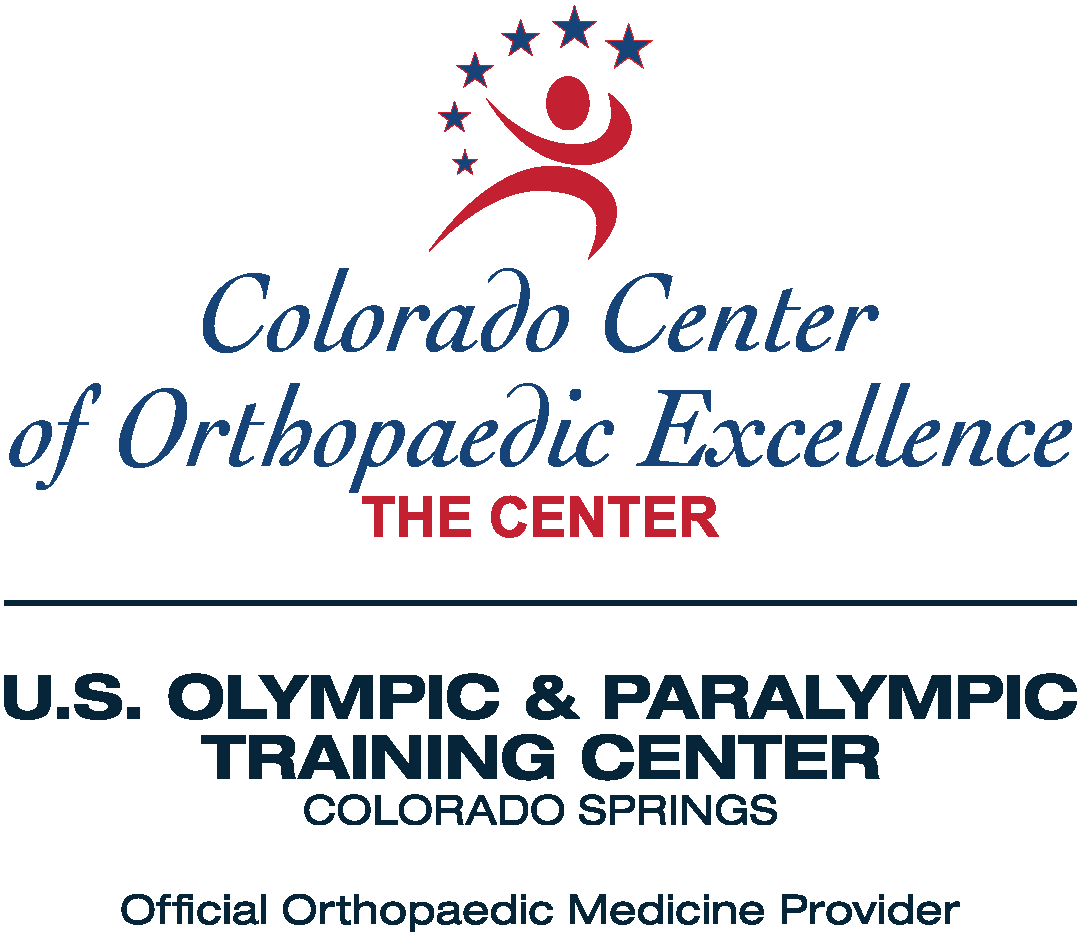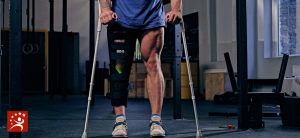Pain caused by ankle arthritis can become severe and unrelenting, greatly impacting one’s quality of life. An ankle fusion, also called ankle arthrodesis, aims to relieve the pain and maintain or improve function by fusing two or more bones in the ankle. The procedure can help treat a number of different underlying problems in the foot by limiting mobility in the joint. Whatever the cause, no one should have to suffer debilitating pain. The highly-skilled foot and ankle specialists at the Colorado Center of Orthopaedic Excellence in Colorado Springs, Colorado, have vast experience treating all ankle and foot conditions and can get you treatment to help you get back to life.
OVERVIEW
Ankle fusion is for people who want a permanent solution to their ankle pain so they don’t have to think about it again. It is also recommended to people for whom total ankle replacement is not an option. Ankle fusion has also become a more popular way to treat end-stage ankle arthritis in younger adults. It’s a way to save the ankle and preserve some function. Thus, the operation is also called a salvage procedure. By fusing the bones, an ankle fusion stops the ankle joint from moving at all. It takes a stiff, painful ankle and converts it to an unbending, relatively painless, or in some cases, totally pain-free ankle. An ankle fusion can often last a lifetime compared to a total ankle replacement.
ABOUT THE ANKLE JOINT
The ankle joint is a complex mechanism. It is also called the tibiotalar joint, and although typically referred to as a single joint, it is actually two joints; the subtalar joint and the true ankle joint. The true ankle joint is composed of three bones: the lower end of the tibia (shinbone), the lower end of the fibula (the smaller bone of the lower leg), and the talus (the bone that fits into the socket formed by the tibia and fibula and rests on the heel bone). It is responsible for the up-and-down motion of the foot. Beneath the subtalar joint is the second part of the ankle, composed of two bones: the talus on top and the calcaneus on the bottom. The subtalar joint allows side-to-side motion of the foot. The ends of the bones are covered by articular cartilage. The space in the joint is lined with a thin membrane called the synovium, which cushions the joint and secretes a lubricating fluid called synovial fluid. These components of the ankle, along with the ligaments, muscles, and tendons of the lower leg, work together to handle the stress the ankle endures when walking, running, and jumping.
ANKLE ARTHRITIS SYMPTOMS
The ankle is the least likely area of the body to be affected by arthritis. Ankle arthritis happens when there is a breakdown of the cartilage that covers the ends of the bones that form the joint. Moving the arthritic ankle tends to make the pain worse. There are three main types of ankle arthritis:
- Osteoarthritis, which develops from wear and tear on the joints over time
- Post-traumatic arthritis occurs after a significant ankle injury, such as a fracture
- Rheumatoid arthritis is an autoimmune disease that damages the joints.
Symptoms usually develop gradually and worsen with time and overuse. These include:
- Pain with motion
- Pain that flares up with vigorous activity
- Tenderness when pressure is applied to the joint
- Joint swelling, warmth, and redness
- Increased pain and swelling in the morning or after sitting or resting
- Difficulty in walking due to any of the above symptoms
WHAT IS AN ANKLE FUSION?
Ankle fusion involves cleaning the worn-out ankle joint and fusing the tibia and talus bones together with screws, plates, and bone grafts. By doing so, the bones are stabilized and can no longer rub together, reducing pain. Fusion of the ankle does result in the loss of approximately 75% of ankle motion, but some motion is kept through the joints underneath the ankle and into the mid-foot. Limited mobility can change how you walk, and that can cause wear and tear and, ultimately, painful arthritis in other parts of your ankle, knee, and foot. Recovery is longer with ankle fusion than with ankle replacement.
NON-SURGICAL TREATMENTS FOR ANKLE ARTHRITIS
With mild to moderate arthritis, conservative measures will be advised first. These include:
- Activity modification to avoid activities such as prolonged standing and walking that tend to increase pain
- Medications like NSAIDS, such as Advil, and topical pain medicines, such as Voltaren
- Supportive devices including braces, orthotics, shoe inserts, a cane, or a walker
- Corticosteroids injections
- Physical therapy, exercise, and occupational therapy
- Hot and cold packs
These treatments do not reverse ankle arthritis. In many patients, they may temporarily or permanently provide relief from pain.
WHEN IS SURGERY INDICATED?
If conservative measures have not alleviated the pain, severe symptoms interfere with daily activities, or when end-stage arthritis is diagnosed, ankle fusion surgery may be advised. Not only will this procedure alleviate pain, but restricting the movement of the joint can make an individual more mobile. When the joint is fused, the joint often becomes stronger, allowing for more weight-bearing activities. Other benefits include improved foot stability and an increased ability to do daily tasks like climbing stairs. Although some people may be concerned that the fusion will affect their normal gait, most who need the surgery will have already lost a significant range of motion in the joint and won’t notice a difference. There are also rocker bottom shoes available that can help further motion.
GETTING THE RIGHT DIAGNOSIS. GETTING THE RIGHT DOCTOR.
With ankle pain, it is important to rule out other medical conditions and determine if there is, in fact, ankle arthritis and also the severity of it. If you have—or suspect you have—ankle arthritis, the orthopedic specialists at the Colorado Center of Orthopaedic Excellence in Colorado Springs, Colorado, can provide you with a complete diagnosis and a personalized treatment plan. Imaging tests such as X-rays, CT scans, ultrasounds, or MRIs may be required to diagnose accurately. Ankle arthritis is a progressive degenerative disease. Getting treatment quickly can preserve joint function and prevent permanent damage. Experience is crucial in treating ankle arthritis, and the experts at CCOE have the experience and the tools and techniques to restore as much mobility as possible, allowing you to return to activities you’ve been unable to do because of the pain.









